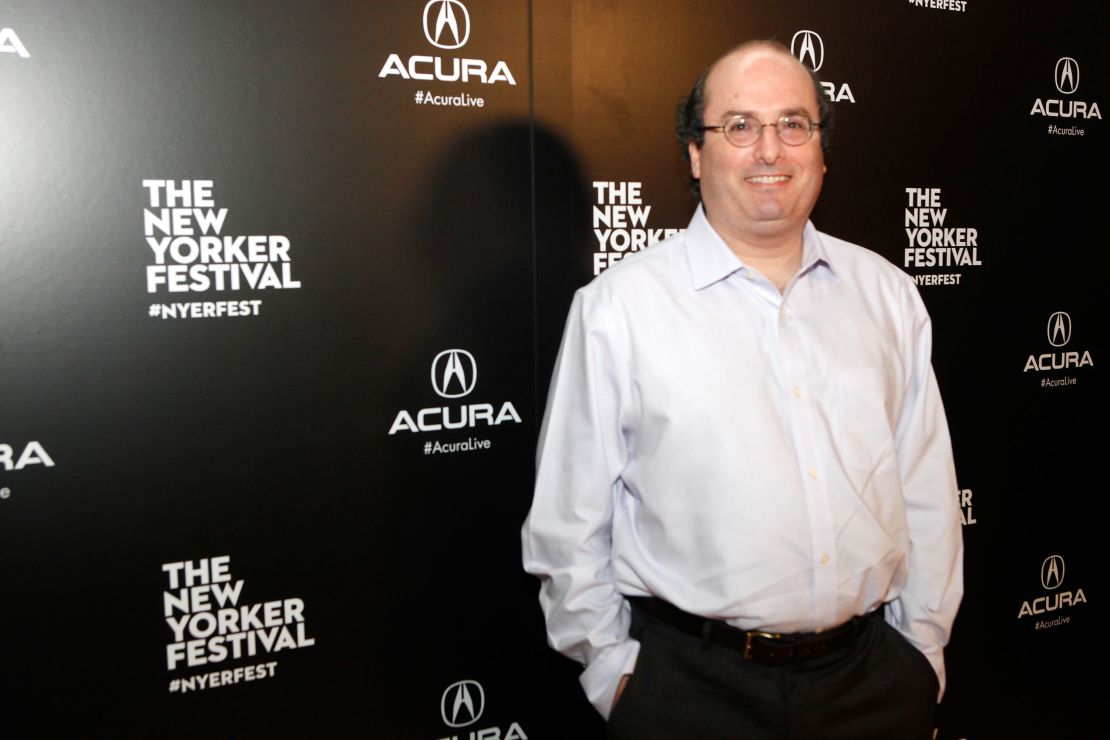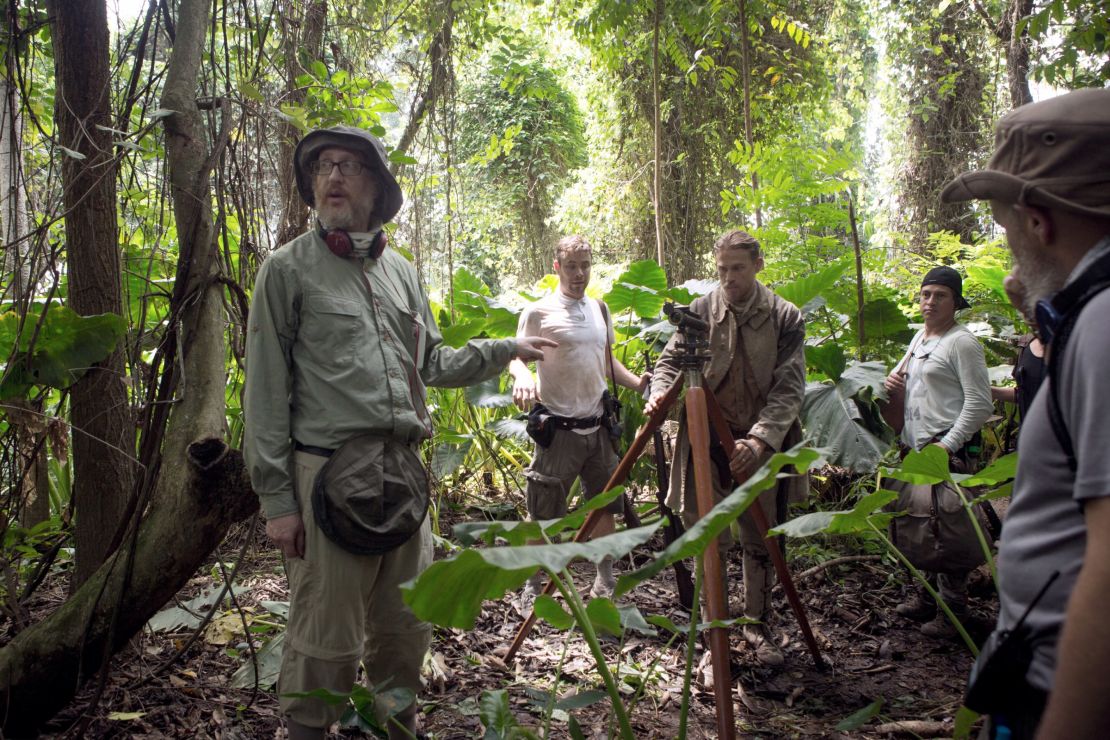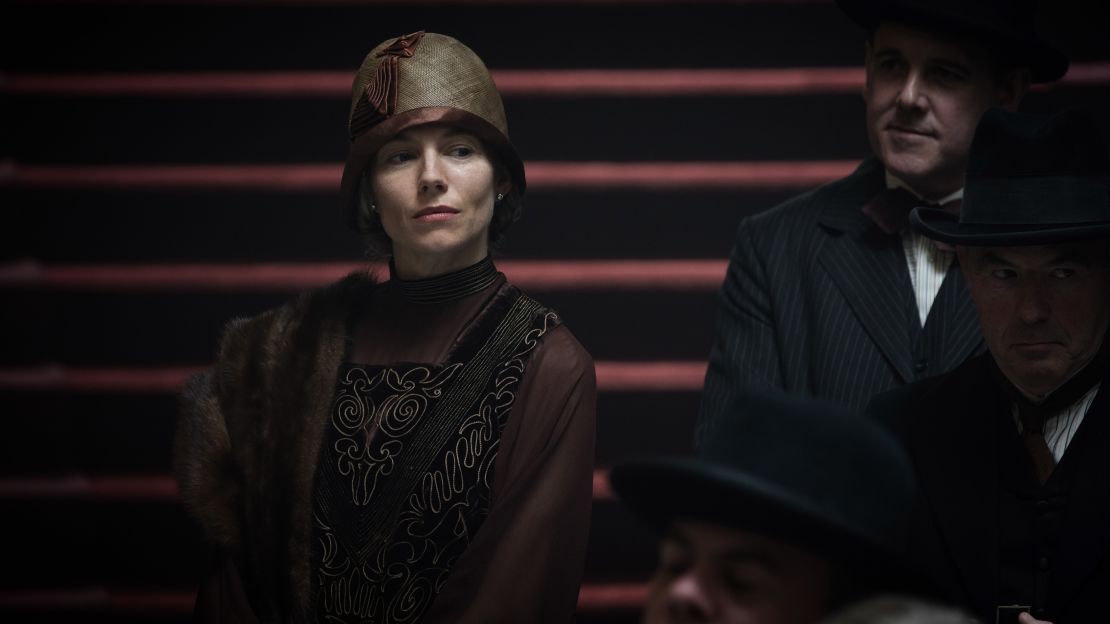In 1925 explorer Percy Fawcett disappeared in the Amazon looking for evidence of a lost civilization. What followed was a 90-year mystery and a deadly search for answers.
When David Grann lost his guide deep in the Brazilian Amazon, fear took hold.
The New Yorker writer had entered the jungle on the same route taken by missing explorer Lt. Col. Percy Fawcett in 1925, hoping to discover the late Briton’s fate. His findings would go on to become a bestselling book and form the basis for new film “The Lost City of Z,” but he didn’t know any of this at the time. In that moment all he knew was swamp water was rising up to his waist.

Estimates suggest that around 100 people had already died in the hunt for Fawcett, and Grann refused to be the next. The seriousness of the situation was matched only by its absurdity, as he moved through the mangroves raising his laptop aloft. Unbeknown to him, it was already broken beyond repair.
He believed he was close, anyhow. Despite a lack of physical fitness and a loathing of camping, the writer was hot on Fawcett’s trail. Or he was, until his local fixer and guide went missing.
Grann may have been armed with the latest technology and an armful of inoculations, but in that moment he and Fawcett were almost one and the same.
“That gave me a real sense, a glimmer, a glimpse, of what Fawcett and his parties went through every day,” Grann says, recalling his predicament from the safety of a London cafe.
“[The Amazon] still holds this potential… you can really get turned around. There’s this green blindness. You can just start spinning in circles, because the wilderness starts looking the same.”
“I don’t want to do that again,” he says. “Once was enough.”
Grann’s fixer returned hours later and, unlike Fawcett, the journalist emerged from the jungle with answers. In fact, he’d written a new chapter in an epic, 90-year-old mystery – and though he hadn’t concretely proven Fawcett’s fate, he’d come close.
MORE: 20 most beautiful places in Brazil
The man, the myth, the legend
Fawcett was a man with unwavering self-confidence. Before disappearing, his last written words, to his wife Nina in a letter dated May 29, 1925 were: “You have no fear of any failure.”
A military officer posted around the British Empire, Fawcett found his calling in uncharted Amazonia in the early 20th century. A tall, sinewy man with flinty eyes, he ventured into the jungle for years at a time, mapping rivers and drawing up borders for foreign nations and Britain’s Royal Geographical Society.
While other men floundered in the South American jungles, succumbing to disease, pestilence and psychosis, Fawcett could plow into the deepest tracts of forest, at ease with the hostile environs, seemingly impervious to fever and fatigue. There were rumors that this British giant, born with a supernatural constitution, was impossible to kill.
The “failure” to which Fawcett alluded in his last letter was a failure to find “Z.” Z, he proposed, was an ancient city deep within the jungle; proof of an advanced civilization the likes of which no longer existed in the Amazon. It wasn’t El Dorado, but it wasn’t far off.
Fawcett believed he’d seen signs of it in topography and centuries-old pottery he’d found scattered throughout the forest. But others, including members of the RGS, were skeptical. El Dorado, after all, had never been found, though many had tried. If true, Fawcett’s Z would change the West’s understanding of the old world and knock Europe’s “civilizing” mission off its axis.
Fawcett looked for Z over several expeditions with increased desperation and fervor. With each new trip his mystique and celebrity grew. Then, his final, unintentionally defining act: disappearing at age 57 with his son Jack and his son’s friend Raleigh Rimell, never to re-emerge.
The expedition set off in February 1925 in Corumba by the Bolivian border, arriving in Cuiaba on March 3. Then they went east to Bakairi’s Post by way of a ranch owned by Fawcett’s friend Hermenegildo Galvao, arriving on May 18.
All the while, local runners would take letters back along the route. News from the front was syndicated around the world and millions of readers waited with bated breath. But after Dead Horse Camp, May 29, where Fawcett’s steed had died on an expedition five years previous, the letters ceased.

The man, already a legend, transcended into myth. Fawcett’s tales had previously inspired Arthur Conan Doyle’s novel “The Lost World,” and in the decades after his disappearance his pop culture influence grew. A variety of thinly-veiled retellings appeared in Hollywood, and his story was pastiched in a 1930s Tintin comic. It’s said Fawcett’s gung-ho exploits at least partly inspired the character of Indiana Jones.
Handfuls of men, including intrepid amateurs, scoured Brazil’s Xingu River region in vain. Some were captured by tribes; other lost their lives. Theories were proposed and debunked. A skeleton claimed to be Fawcett’s was revealed to be an imposter. As recently as 2004 there was one hypothesis he had run off with an “erotic siren.”
But David Grann’s travails, broken laptop and all, yielded new information – of Fawcett, and Z also. He compiled his findings, first in a New Yorker feature, then 2009 bestseller “The Lost City of Z.” As its film adaptation opens to critical praise, the release is a good occasion to pause for thought and review the late explorer’s theories – much of which have since been proven true.
MORE: Sailing through one of Earth’s last paradises
“If I thought about it it’d destroy me”
Directed by James Gray and starring Charlie Hunnam as Fawcett, Sienna Miller as Nina, and Robert Pattinson as aide-de-camp Henry Costin, “The Lost City of Z” will introduce a new generation to the Fawcett mystery.
Gray’s Amazon, shot stylishly and with classical aspirations, is awash with linen-suited rubber barons and tribes inclined to shoot first and ask questions later. Swapping Xingu, Brazil for the no-less intimidating Colombian jungle, the crew, like Grann, became acquainted with many of the trials the forest throws up.

Filming in Pantanal, Brazil would have been the ideal location, says the director, but it proved impossible.
“It’s an unfortunate truth, but a lot of where Fawcett was has been cut for soybean farming. All that area that was deep jungle essentially looks like Nebraska,” he explains. As for Xingu itself, there were more fearsome obstacles in the way.
“You can’t really shoot there,” Gray says. “There are 62 uncontacted tribes, and they will have your head. And even if they wouldn’t have your head, if you had a common cold, for example, and you shook their hand and gave them it, they would die. They have no resistance to a lot of the diseases we have.”
Gray, also on screenwriting duties, had the unenviable task of condensing a monumental life into 141 minutes.
“I thought this is essentially impossible,” he remembers after reading Grann’s book. Eight expeditions were turned into three, each with their own sense of purpose. Some episodes were omitted – not because they were prosaic, Gray says, but because, within the context of a film, they were too remarkable to be believable.
Was there any pressure, given the mystique surrounding Fawcett?
“I tried not to think of the people who are obsessed with Fawcett,” he says. “It would get me panicked that I would screw it up… If I thought about it it’d destroy me,” Gray adds, only sounding like he’s half-joking.
“It’s almost like you had to make a movie not acknowledging them. Because, as rude as it sounds, then you’ll get caught up in it – the mythologizing – and that wasn’t my interest.”
MORE: Dark secrets of Hong Kong uncovered by urban explorers
A bitter irony
Adding to the myth is perhaps unavoidable at this stage – especially given the impossible task of imagining Fawcett’s final days. However, with a little foresight (and myth-making of its own) “The Lost City of Z” provides a fresh perspective.
The film’s artfully conceived – though speculative – denouement strives to illustrate a point that would only be proved 80 years later: that, by and large, Fawcett was right about Z.
“He was in many ways prophetic,” says Grann. “There was a fierce debate going on in archaeological circles about whether these ancient civilizations could exist. Now, in part sadly because of deforestation, because of satellite imagery, I don’t think that’s any longer in doubt.”
“There’s just so many discoveries, almost every six months,” he adds. “I don’t think there’s any more questions about whether these civilizations existed. I think the real thing archeologists are trying to solve is who are these people? What was their culture like? What happened to them?”
As many as 50,000 people may have lived between a regimented web of settlements in Xingu from 800-1600AD, archaeologist Michael Heckenberger believes. Heckenberger, who Grann visited in the Amazon, is responsible for many breakthroughs in Xingu, finding evidence of roads and agriculture.
He has lived on and off with the Kuikuro tribe for years (they even built him his own house). The Kuikuro settlement lies just northwest of a tribe called the Kalapalo, the last people to see Fawcett alive. Some speculated it was they who killed the explorer, but the tribe denied the accusation to Grann. However, both the Kalapalo and the Kuikuro share common neighbors – tribes known to be murderous, and into whose territory Fawcett, Jack and Rimell entered after leaving the Kalapalos, they say.
A bitter irony follows: It’s possible the descendants of Fawcett’s ancient civilization were the very people who killed him and his companions.
MORE: Can ‘Indiana Jones’ city of Petra survive?
The ultimate tragedy
Returning to the jungle for a moment, Grann remembers the Socratic conversations he would have with the late explorer as he made his way through the undergrowth.
“I would argue with him,” he recalls. “I used to have long conversations in my mind about why Fawcett took his own son with him… ‘You’re just going to lead him to his death?’ – of course, it’s because I know the end.
“To the end of her life, Nina believed that Fawcett would come back,” Grann continues. “She never believed that her husband had died.”
The widow’s grief was wrapped up in the knowledge she had agreed to send her son to his death.
“I asked myself a basic question,” says Gray. “Is the story a tragedy?
“The answer to that question I think turned out to be no – not for [Fawcett]. And weirdly, probably not even for his son. But it was a tragedy for her.

“It’s ultimately her tragedy, unlike them,” says the director. “She didn’t have the transcendent experience [of the Amazon], and she’s the one who is most forgotten.”
Bringing Nina to the fore sets “The Lost City of Z” apart from previous accounts of the explorer. It also reminds us that beyond Fawcett’s “Boy’s Own” fantasy lay a deadly obsession which claimed many lives long after his own was extinguished.
Ninety-two years on, the Fawcett saga continues to beguile. Reviving a celebrity and with him lingering questions, Grann and Gray have both illuminated the man and burnished the myth. If the Amazon holds on to its secrets, they won’t be the last.
“The Lost City of Z” opens in UK theaters March 24 and in the US April 21. David Grann’s latest book “Killers of the Flower Moon” hits bookshops April 20.

